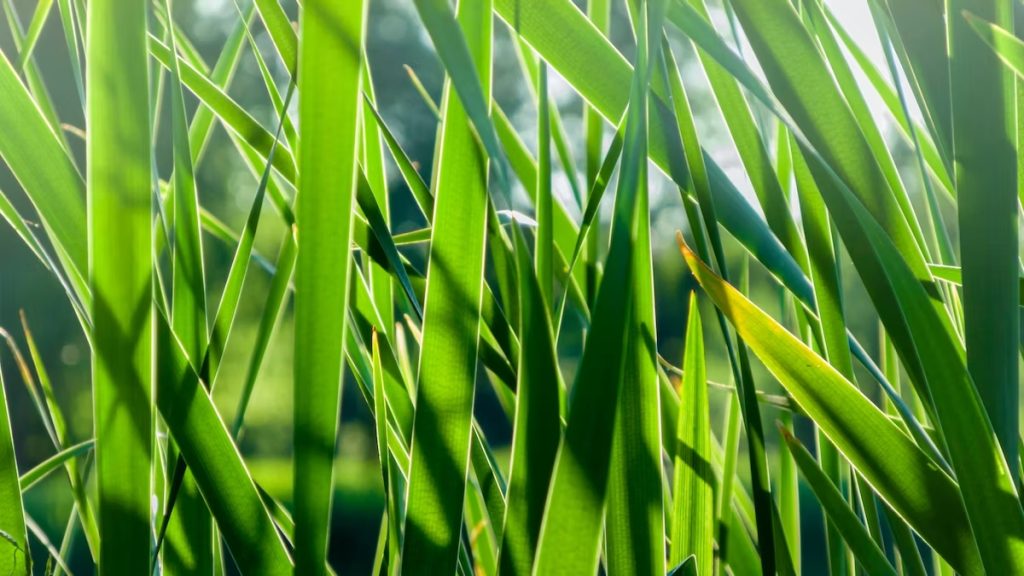Exploring the Diversity of Grass: Ecological Wonders Unveiled

Diverse Grasslands
Grass diversity is essential for the health and balance of ecosystems. The variety of grass species contributes to the overall stability and sustainability of diverse grasslands. Different types of grass play a crucial role in supporting various forms of wildlife and maintaining the ecological equilibrium within their habitats. The presence of diverse grass species ensures that ecosystems can thrive and remain resilient in the face of environmental changes.
Cultural Significance
Grass has been deeply intertwined with human history and culture for centuries, holding significant importance in various civilizations around the world. The historical significance of grass stretches back through time, with evidence of its use found in ancient societies across different continents. From providing materials for shelter and tools to serving as a food source, grass has played a crucial role in the development and sustenance of early human communities.
Cultural Wisdom: "In every blade of grass, there is a story of survival, adaptation, and resilience that reflects the journey of humanity." - Unknown
Exploring the traditional uses of different grass species reveals the diverse ways in which various cultures have harnessed the unique properties of grass. Whether it's for crafting textiles, building materials, or medicinal purposes, different types of grass have left an indelible mark on the cultural practices and traditions of societies throughout history. Understanding these traditional uses provides valuable insights into the deep-rooted connection between humans and the natural world.
Historical Importance
- Grass has been an integral part of cultural practices and traditions across civilizations.
- Evidence from archaeological findings showcases the multifaceted historical importance of grass in human societies.
Traditional Uses
- Grass has been utilized for crafting textiles, building materials, and medicinal remedies.
- Different cultures have harnessed the unique properties of various grass species for their specific needs and traditions.
Ecological Benefits
Ecosystem Support
Grasslands play a crucial role in supporting biodiversity and maintaining the delicate balance of the environment. The diverse array of grass species provides essential habitats for a wide range of wildlife, from insects to large grazing animals. This rich tapestry of vegetation fosters a complex web of interdependent relationships, ensuring the survival and prosperity of numerous species within the ecosystem.
Environmental Harmony: "The symphony of life in grasslands is a testament to the intricate dance of nature, where every blade of grass plays its part in sustaining the melody." - Unknown
The ecological impact of grasslands extends beyond providing homes for wildlife. They also contribute to carbon sequestration, helping to mitigate climate change by absorbing and storing carbon dioxide from the atmosphere. This vital function underscores the significant role that diverse grasslands play in maintaining environmental stability on a global scale.
Soil Conservation
Exploring the environmental benefits of grass diversity reveals its critical contribution to soil conservation and erosion control. The intricate root systems of different grass species help bind soil together, preventing erosion caused by wind and water. This natural form of soil conservation is essential for maintaining fertile landscapes and preventing land degradation.
- The intertwining roots of various grasses create a network that stabilizes soil structure and prevents erosion.
- Grass diversity contributes to the preservation of topsoil, which is fundamental for sustaining agricultural productivity and supporting natural ecosystems.
Conserving Grass Diversity
Challenges
Preserving the diversity of grass faces several significant challenges in the modern world. One of the primary threats to grass diversity is habitat loss due to urbanization, agriculture, and industrial development. As human populations expand and landscapes are transformed for various purposes, the natural habitats of diverse grass species are increasingly at risk. This encroachment on their habitats disrupts the delicate balance of ecosystems and poses a direct threat to the survival of many grass species.
Another challenge lies in the invasive species that compete with native grasses for resources. Invasive plants can outcompete native grass species, leading to a decline in their populations and altering the composition of grasslands. This disruption can have cascading effects on the entire ecosystem, impacting wildlife and soil health.
Furthermore, climate change presents a formidable challenge to the preservation of diverse grass species. Shifts in temperature and precipitation patterns can affect the distribution and abundance of different types of grass, potentially leading to changes in ecosystem dynamics and biodiversity.
Importance of Conservation
Conserving grass diversity is paramount for maintaining the overall health and resilience of ecosystems worldwide. The preservation of diverse grass species is essential for sustaining biodiversity, supporting wildlife habitats, and ensuring the ecological balance within natural landscapes. By protecting different types of grass from extinction and conserving their habitats, we safeguard not only individual plant species but also entire ecosystems that rely on them.
The conservation of diverse grasslands also contributes to mitigating climate change by preserving carbon-sequestering vegetation. Additionally, healthy grasslands play a vital role in soil conservation, preventing erosion and maintaining fertile landscapes for agricultural productivity.
In essence, prioritizing the preservation of diverse grass species is crucial for upholding the intricate tapestry of life within ecosystems while promoting environmental stability on a global scale.
Embracing Diversity
Grass diversity is a testament to the resilience and adaptability of natural ecosystems. The beauty of diverse grasslands lies in the intricate tapestry woven by different types of grass, each playing a unique role in maintaining the balance and vitality of the environment. Embracing the variety of grass species is an acknowledgment of their indispensable contribution to sustaining healthy ecosystems worldwide.
Environmental Harmony: "In the symphony of nature, diverse grass species form the harmonious notes that compose the melody of thriving ecosystems." - Unknown
By recognizing the importance of grass diversity, we honor the interconnectedness of all living organisms within these habitats. Every blade of grass represents a vital thread in the fabric of life, contributing to the overall resilience and environmental harmony essential for supporting diverse forms of wildlife and preserving ecological balance.
Leave a Reply
You must be logged in to post a comment.